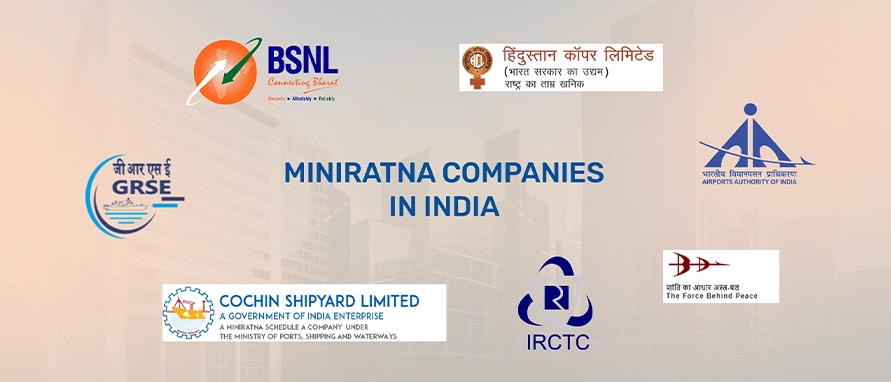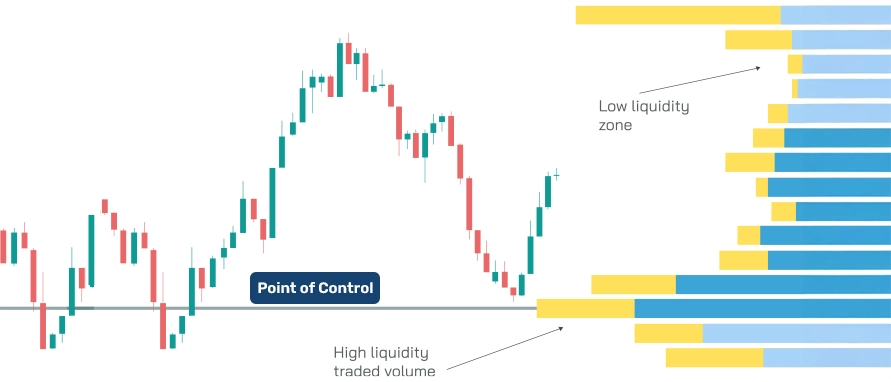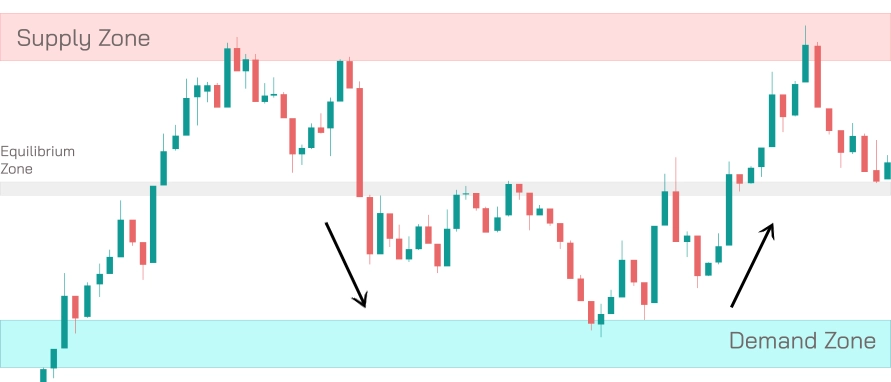-
Our ProductsLoansCardsInsuranceInvestmentsStock MarketElectronics MallCIBIL ScoreKnowledge CentreAcademyCalculators
- Our Services
- My Account
- Discover
Withholding Tax: Meaning, Rates & Examples
Withholding tax is a vital tool in income tax compliance, ensuring that taxes are collected right at the source of income. This guide simplifies what it means, how it works, the types and calculations involved, and the implications for taxpayers.
What Is Withholding Tax
Withholding tax is a prepaid tax deducted by the payer (employer, financial institution, etc.) when making payments such as salary, interest, dividends, or contractor fees. This deducted amount is directly deposited with the government, ensuring timely tax collection and reducing the risk of evasion.
How Does Withholding Tax Work
Withholding tax is a mechanism where tax is deducted at the source of income itself, ensuring early collection and reduced evasion. Here's how the process flows:
Income accrual: Taxable income is earned (salary, dividends, rent, etc.).
Tax deduction: The payer (employer, company, tenant) deducts tax before making the payment.
Deposit to government: The deducted amount is deposited with the government within prescribed timelines.Credit to taxpayer: The deducted tax reflects in the recipient’s account (e.g., Form 26AS) and can be claimed when filing returns.
This ensures timely tax collection and ease of compliance for the taxpayer.
History of Withholding Taxes
Withholding tax has long been used globally as a tool for efficient tax collection. In India, the concept was formalized and significantly expanded with the introduction of Tax Deducted at Source (TDS) in the Income Tax Act, 1961. Over time, it expanded to cover more income types such as salaries, interest, and professional fees. Globally, countries like the U.S. also use withholding systems for wages and investment income.
Types of Withholding Tax
Several income categories attract withholding tax. The key types include:
Salary: Employers deduct tax monthly based on projected annual income.
Interest: Banks and institutions deduct tax on interest earned above exemption limits.
Dividends: Companies deduct tax on dividends before distribution.Contractor Payments: Businesses deduct TDS on payments to contractors or professionals.
Rent: Tenants or companies deduct TDS on rent exceeding the threshold.
Payments to Non-residents: Tax is withheld on royalties, fees, or remittances made to foreign entities or individuals.
These categories ensure broad tax coverage across various income sources.
How to Calculate Withholding Tax
Basic Formula:
Withholding Tax = Applicable Rate × Gross Payment Amount
Example Table:
| Income Type | Gross Payment (₹) | Applicable Rate (Illustrative) | Tax Deducted (₹) |
|---|---|---|---|
| Contractor Fees |
1,00,000 |
10% |
10,000 |
| Dividend (Non-Resident) |
50,000 |
20% (DTAA applied) |
10,000 |
Factors considered: income type, residential status, DTAA rates, and any applicable exemptions.
Why Withholding Tax Matters
Boosts government revenue by ensuring upfront tax collection
Reduces tax evasion by deducting at the source
Simplifies compliance for salaried individuals and businesses
Improves transparency in cross-border payments
Determining the Status of Resident and Non-Resident Indians
Your residential status, as per Section 6 of the Income Tax Act, impacts:
Withholding tax rates
Availability of DTAA benefits
- Overall tax liability
Tests include physical presence in India over one or more previous years. Non-residents generally face higher deduction rates, unless relief is available under tax treaties.
Tax Implications
For individuals and companies:
Correct deductions prevent notices or penalties
Non-compliance can lead to interest, fines, and scrutiny
For foreign entities, DTAA treaties play a crucial role in defining final tax liability
Conclusion
Withholding tax helps streamline India's tax system and ensures steady revenue for the government. Whether you're a salaried employee, a business owner, or an NRI, understanding how it works provides insight into compliance norms, possible penalties, and financial responsibilities.
Disclaimer
This content is for informational purposes only and the same should not be construed as investment advice. Bajaj Finserv Direct Limited shall not be liable or responsible for any investment decision that you may take based on this content.
Frequently Asked Questions
What’s the difference between TDS and withholding tax?
In India, TDS and withholding tax are often used interchangeably. However, globally, “withholding tax” typically refers to tax on cross-border payments.
What are examples of withholding?
Examples include salary deductions, rent payments, dividends, interest income, and consultant fees.
What is 15% withholding tax?
This is commonly applied on dividends or royalties paid to non-residents, especially under DTAA terms.
Why am I being charged withholding tax?
Because your income qualifies for tax deduction at source as per income tax laws or DTAA agreements.
What is the current rate for withholding tax?
Rates vary depending on the type of payment and residential status. Contractor payments: 10%, Salary: slab-based, Dividends to NRIs: up to 20%.
What is the rule for withholding tax?
Tax must be deducted at the time of payment or credit, whichever is earlier, and paid within a specific deadline.
Can you claim withholding tax?
Yes, you can claim it as a credit in your ITR. It reflects in your Form 26AS.
What is the reason for withholding?
To ensure early and guaranteed tax collection and to reduce tax evasion at the time of income disbursement.
With a Postgraduate degree in Global Financial Markets from the Bombay Stock Exchange Institute, Nupur has over 8 years of experience in the financial markets, specializing in investments, stock market operations, and project management. She has contributed to process improvements, cross-functional initiatives & content development across investment products. She bridges investment strategy with execution, blending content insight, operational efficiency, and collaborative execution to deliver impactful outcomes.
Related Blogs

Roshani Ballal

Geetanjali Lachke

Roshani Ballal

Geetanjali Lachke

Geetanjali Lachke

Nupur Wankhede

Roshani Ballal

Roshani Ballal

Roshani Ballal

Nupur Wankhede

Anshika

Anshika

Nupur Wankhede

Nupur Wankhede

Anshika

Nupur Wankhede

Anshika

Geetanjali Lachke

Roshani Ballal

Anshika

Anshika

Nupur Wankhede

Anshika

Nupur Wankhede

Nupur Wankhede

Geetanjali Lachke

Roshani Ballal

Roshani Ballal

Geetanjali Lachke

Nupur Wankhede

Anshika

Nupur Wankhede

Nupur Wankhede

Nupur Wankhede

Nupur Wankhede

Nupur Wankhede

Nupur Wankhede

Nupur Wankhede

Geetanjali Lachke

Geetanjali Lachke

Roshani Ballal

Nupur Wankhede

Anshika

Anshika

Nupur Wankhede

Nupur Wankhede

Nupur Wankhede

Nupur Wankhede

Nupur Wankhede

Nupur Wankhede

Nupur Wankhede

Nupur Wankhede

Nupur Wankhede

Nupur Wankhede

Nupur Wankhede

Nupur Wankhede

Roshani Ballal

Anshika

Nupur Wankhede

Geetanjali Lachke

Nupur Wankhede

Nupur Wankhede

Anshika

Anshika

Nupur Wankhede

Anshika

Anshika

Nupur Wankhede
.webp)
Nupur Wankhede

Nupur Wankhede

Nupur Wankhede

Nupur Wankhede

Nupur Wankhede

Nupur Wankhede
.webp)
Nupur Wankhede

Nupur Wankhede

Nupur Wankhede

Nupur Wankhede
-in-India.webp)
Nupur Wankhede

Nupur Wankhede

Nupur Wankhede

Anshika

Nupur Wankhede

Nupur Wankhede

Anshika

Anshika

Nupur Wankhede

Nupur Wankhede

Nupur Wankhede

Nupur Wankhede

Nupur Wankhede

Nupur Wankhede

Nupur Wankhede

Nupur Wankhede

Anshika

Nupur Wankhede

Nupur Wankhede

Nupur Wankhede

Nupur Wankhede

Anshika

Nupur Wankhede

Nupur Wankhede
-Meaning-Importance.webp)
Nupur Wankhede

Anshika

Nupur Wankhede

Anshika

Nupur Wankhede

Nupur Wankhede

Nupur Wankhede

Geetanjali Lachke

Geetanjali Lachke

Geetanjali Lachke

Anshika

Anshika

Nupur Wankhede

Nupur Wankhede
-portfolio.webp)
Nupur Wankhede

Anshika

Roshani Ballal

Geetanjali Lachke

Geetanjali Lachke

Geetanjali Lachke

Geetanjali Lachke

Geetanjali Lachke

Roshani Ballal

Geetanjali Lachke

Geetanjali Lachke

Geetanjali Lachke

Roshani Ballal

Roshani Ballal

Geetanjali Lachke

Roshani Ballal

Roshani Ballal

Roshani Ballal

Roshani Ballal

Roshani Ballal

Roshani Ballal




















.webp)

.webp)




































































.webp)



.webp)












.webp)




.webp)
































